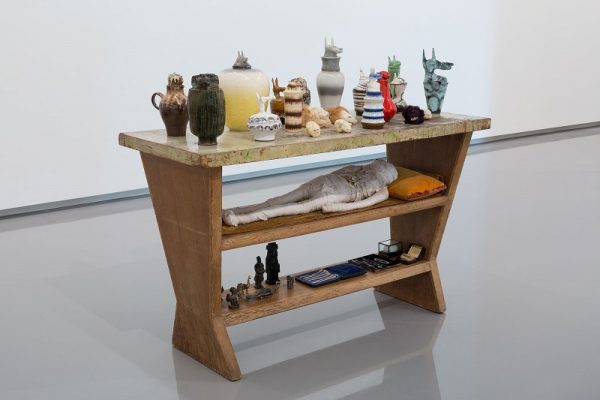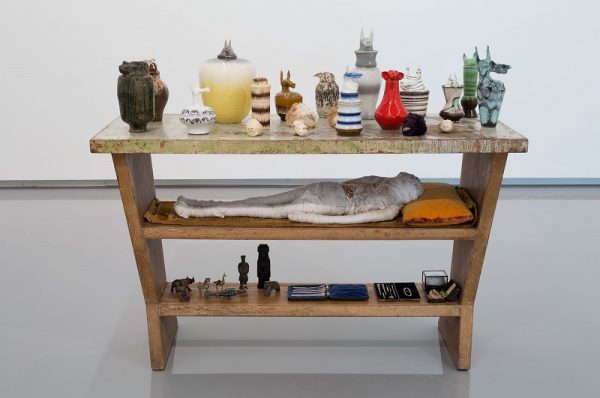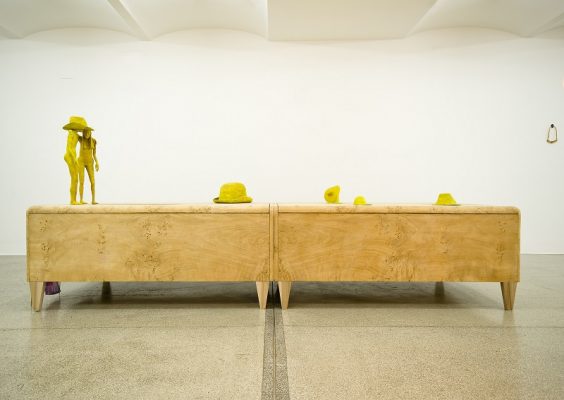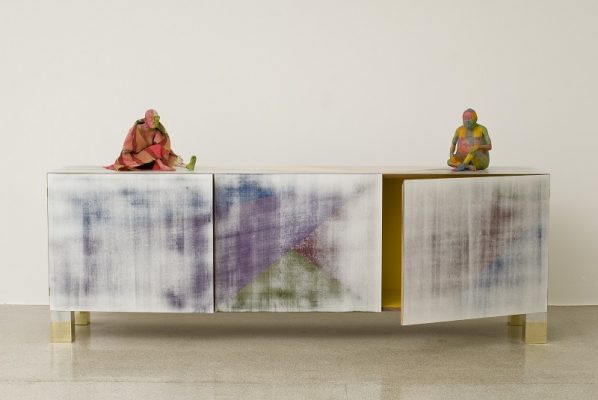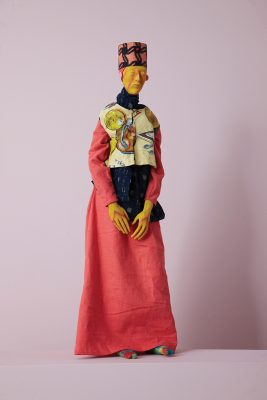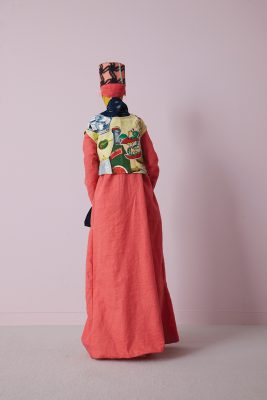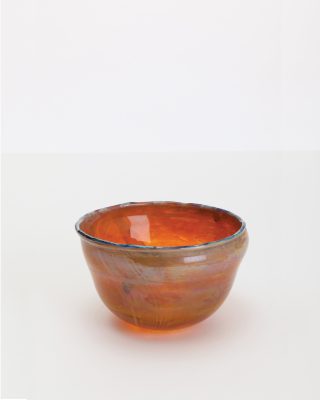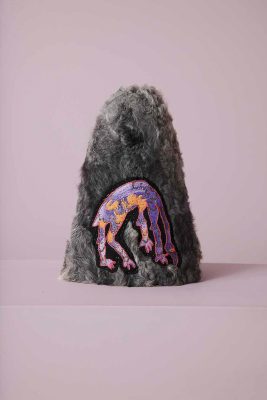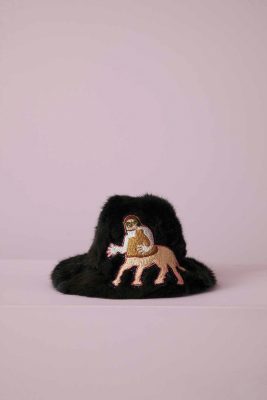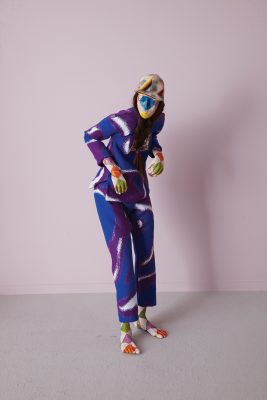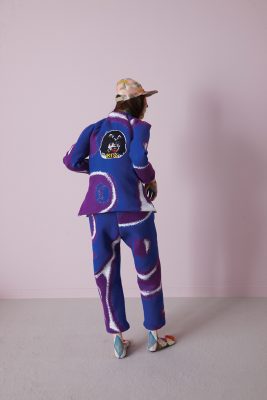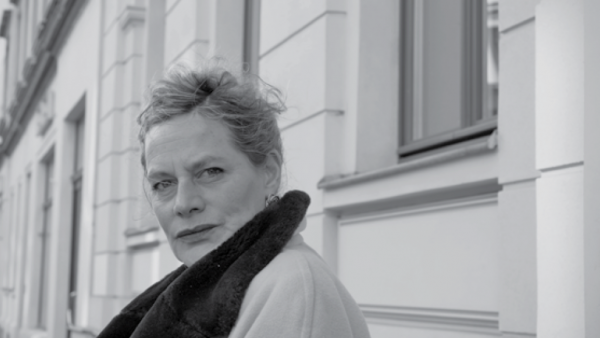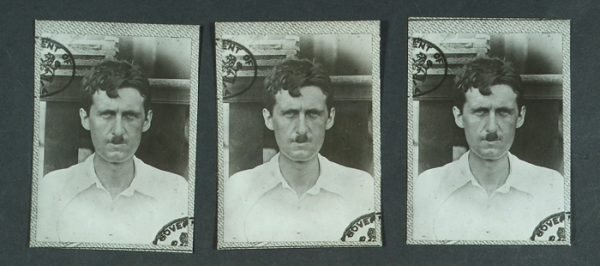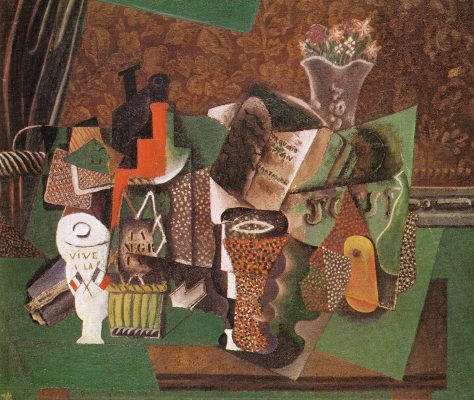Where do anthropology and archaeology meet? Do the study of humankind and the research of its material culture share a common approach? On what presuppositions do the disciplines rely? Where can the similarity of their methods be encountered? How did their conventions shape twentieth-century perspectives on the geographically and historically remote?
Both disciplines are born of a concept of distance which, at the same time as it establishes a limit for what they can comprehend, also assures that there is always enough space for a detached, unengaged, analytic gaze towards an other that exists in a distant past or distant place. Such assumed detachment is fundamental to transforming fieldwork into theoretical analysis. In order for such processes to take place, it’s necessary to find ways to reduce the whole into manageable samples. Images, sounds, materials, notes are gathered and arranged in a single and unified physical area where they can be manipulated, enlarged, repeated, fragmented, combined: a table. The table, this means of control and abstraction, might be the place where anthropology and archaeology meet. Seated at the same table, professionals from both disciplines arrange the pieces in front of them as if they were playing a complex game whose rules have been defined over time.
Francis Upritchard’s Traveller’s collection (2003) is a table with three shelves made of wood and marble, a depository and a display of objects of different natures, provenances, sizes, functions and shapes. These colourful objects are carefully arranged: most of the smaller ones stand vertically while the larger items lie horizontally across the shelves. This cabinet of curiosities is affiliated to the Renaissance-era Kunstkabinett, an encyclopaedic arrangement of objects without distinct disciplinary boundaries. These pieces of furniture were often presented in chambers called Kunstkammer or Wunderkammer, in which objects relating to diverse aspects of biology, natural history, conchology, ethnography and archaeology, occultism, artistic expression, and geology were combined. With their exuberant presentation of a variety of different items, the cabinets became a symbol of erudition and wealth, attesting to the elevated status of their owner while anticipating the space and function of the museum.
Traveller’s collection acknowledges and replicates these traditions and, with a delicate sense of irony, mocks the thin space that divides a replica from a free interpretation. On its top shelf, it gathers what appear to be a series of Egyptian-derived funerary objects concerning the body’s preservation for the afterlife. This assemblage of urns of various sizes, colours and shapes speak as much to the imaginary of the Egyptian cult of the dead as to the pre-museological display in which objects are collected, gathered, and presented together. Archaeology’s aspirations to discover and exhibit the exotic are here exposed. The transformation of these utensils into decorative elements, deprived of any function, offers a reflection on how materials survive their own histories. On the intermediate shelf, the figure of a mummy its head resting on an orange pillow. It is small and very thin, covered in white bandages with the exception of a round eye, which pops out of its bound head. This sculpture is not distinguished from a ‘real’ mummy by any divide between organic and inorganic, being and thing, old and new – both are, after all, lifeless bodies – but the fact that that the sculpture of the mummy is much more stubborn and resistant: its condition isn’t as delicate and doesn’t suffer an easy deterioration while it is also an uncooperative object, which resists to collaborate with the archaeologist and researcher for it has nothing historical to tell, forever lying on top of the examination table as the crystallisation of an impossibility.
A similarly witty, allusive and sceptical attitude to the limits of human knowledge is apparent in Planets in the Detrimental Signs (2003). A magnetic compass and a pair of drawing compasses co-exist in a flat representation of a planetary system. This vision of outer space is situated on the top of a small table, which becomes at the same time support structure and symbolic limit of knowledge about this imagined universe. By constitution and allusion, these Planets in the Detrimental Signs revenge all the orreries ever made. By constitution because the system of knowledge they offer does not represent a known planetary model; by allusion because their conceptual frame of reference is not proper astronomy but its metaphysical sister, astrology.
Land Table and Taranaki (both 1997) shift the above considerations – on map and territory, abstraction and representation – from outer space to the natural landscape. Each depicts mountain areas that are entirely covered by vegetation. Land Table presents a scenery leaning on top of a small, square card table. The end of the world corresponds to the edges of the furniture that holds it. Mount Taranaki is a volcano located on New Zealand’s North Island, home to Maori tribes since the thirteenth century, and also the artist’s childhood home. In Taranaki she revisits the memory of this place. As in Traveller’s Collection, the tiered structure of the table transforms it into a board on which the plaster sculptures realise a mental map, a three-part puzzle calling to be completed. Rather than reducing the landscape to a single table top, this suggests the different ways that a landscape can be remembered and understood. It is a tribute to territories which – rather than being discovered – were adapted, re-invented, and shaped by the different peoples to have made a home of them. A modernist cabinet becomes a concrete and figurative frame for a represented nature.
Land (2010) is a found wardrobe turned table upon which two yellow, naked figures – a man and a woman – embrace one another while looking at a field of hats. The absurd hats, which could be flowers, stones or cabbages, transform the flat landscape into something worth looking at, both for the tiny couple and for us viewers. In Echo Cabinet (2011) again two naked humanoids – the purple Mervyn Alrick and the yellow John the Fool – stand on top of a trapezoidal closet, its drawers matching the colours of the sculptures. As in Land, the presence of the two men – cripples or sorcerers who can barely stand – drags the furniture into an animistic universe, as these cabinets become whole planets, fluid territories that can be inhabited and traversed.
Yet, most of Francis Upritchard’s human figures are not placed on found furniture. Many stand isolated on thin, elegant, dark pedestals, shorn of age, context or provenance. But they all look alike. Through their elongated eyelids that give them ninjutsu eyes they see everything but reveal nothing. Their elongated limbs lend them the outlandish, spiderish look of scrawny creatures. The delicate yet decisive movement of Susan’s (2013) curved hand resembles the wing of a bird; the raised arms of Sun Worship (2013) call to mind the ape-sloth of Long Legs (2013), Sloth Creature (2004) and Brown Sloth Creature (2005), two bradypus with limbs like spider monkeys. Halfway between the fantastic and the natural, these characters are related to the gargoyles of European Gothic cathedrals as well as Hokosai’s drawings and etchings. They defy categorisation, resist interpretation.
Upritchard’s work exhibits a remarkable capacity to break the distance – between us and them, now and then – by which anthropology and archaeology have defined the modern, western, white gaze towards the other. Turning a tabula into a fabula, the artist exposes disciplinary conventions such as abstraction, systematic categorisation, and a flattening of specificities at the same time as she provides the scene and the characters of stories yet to be told.
